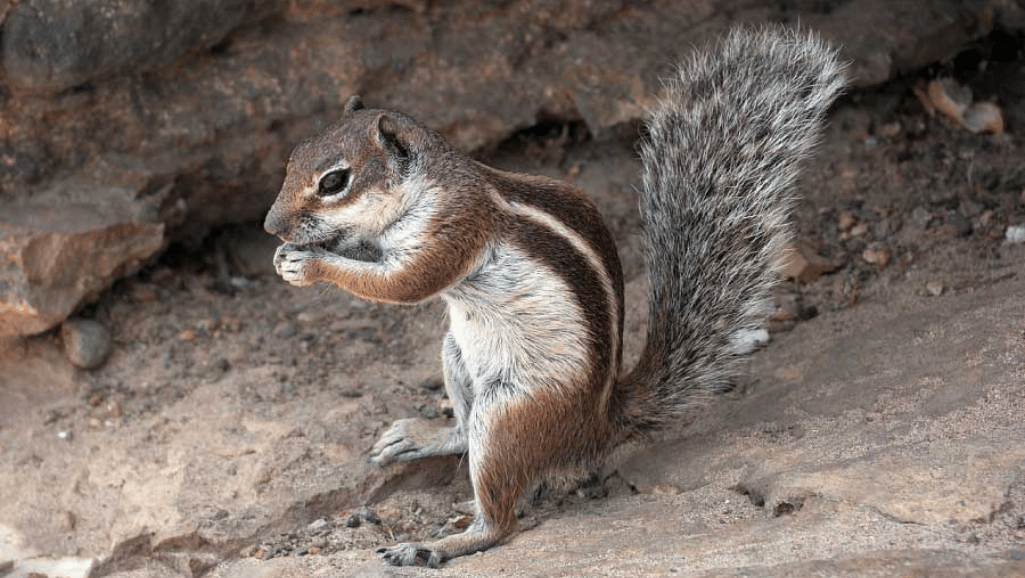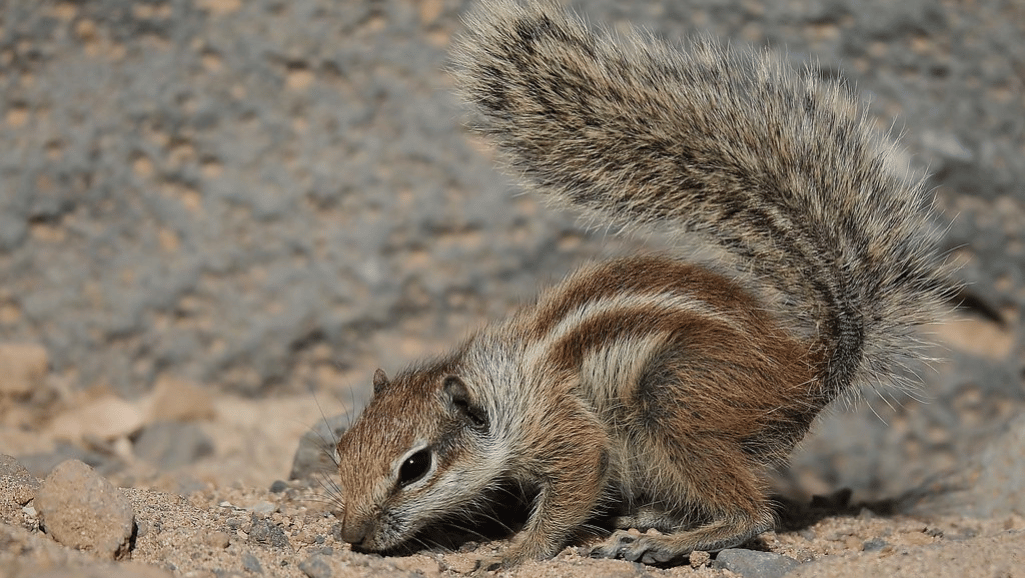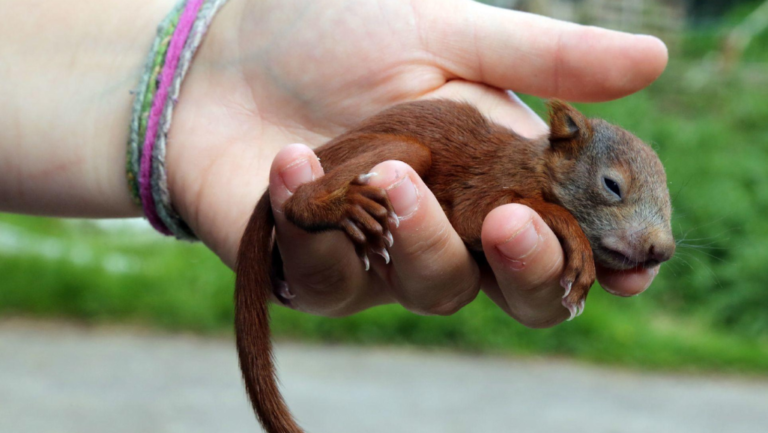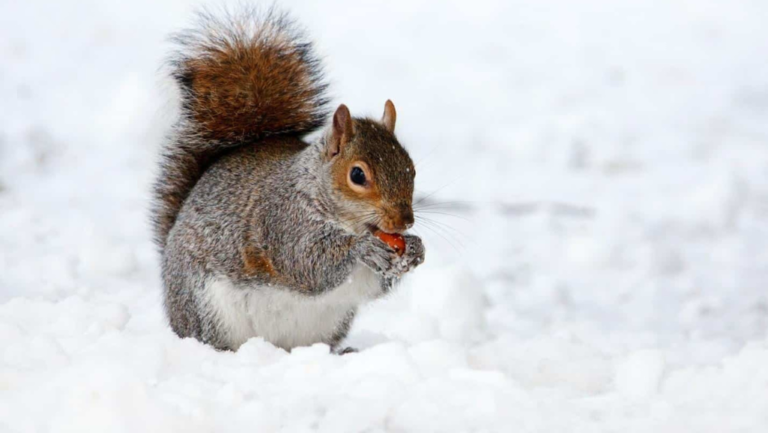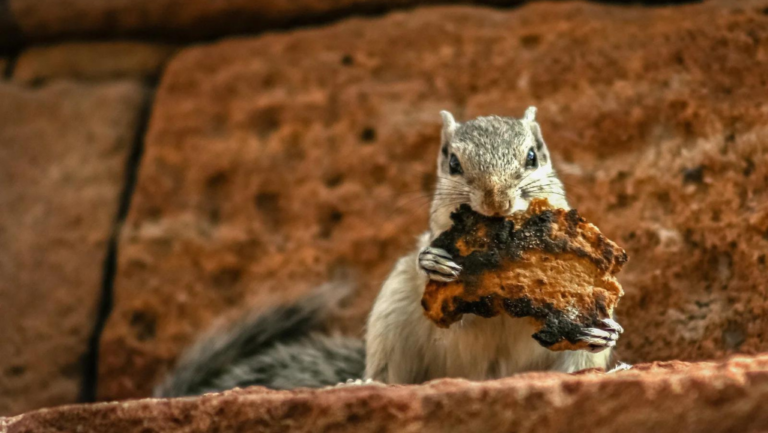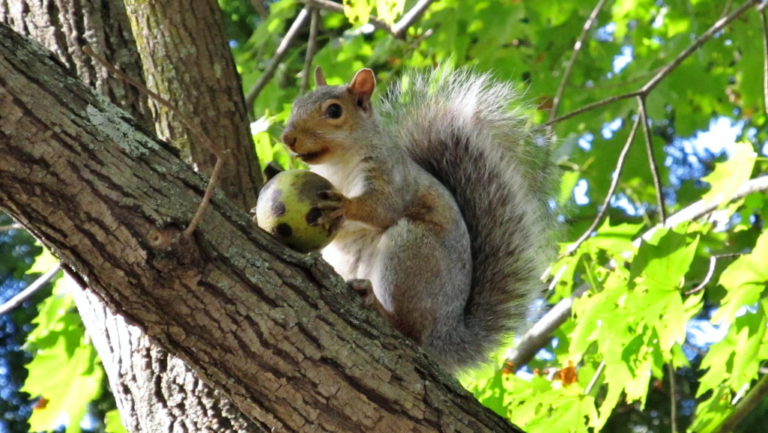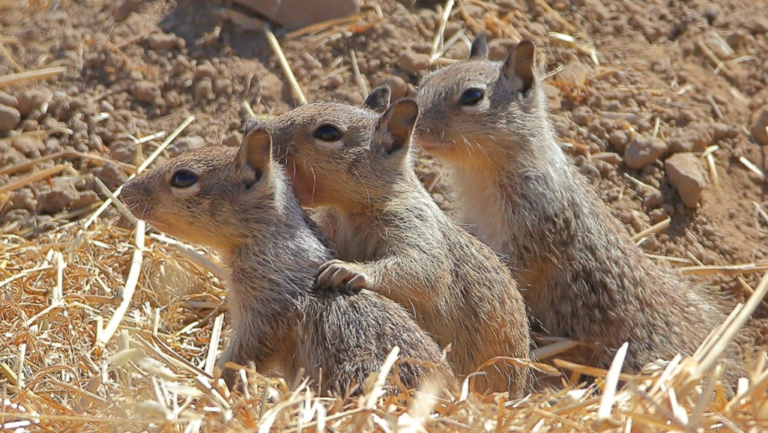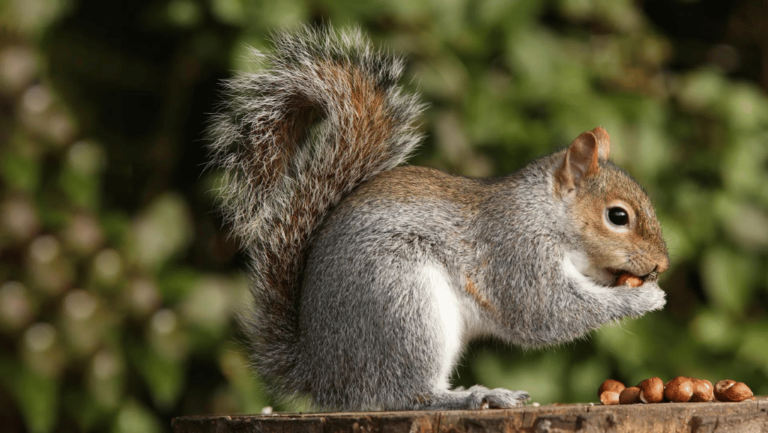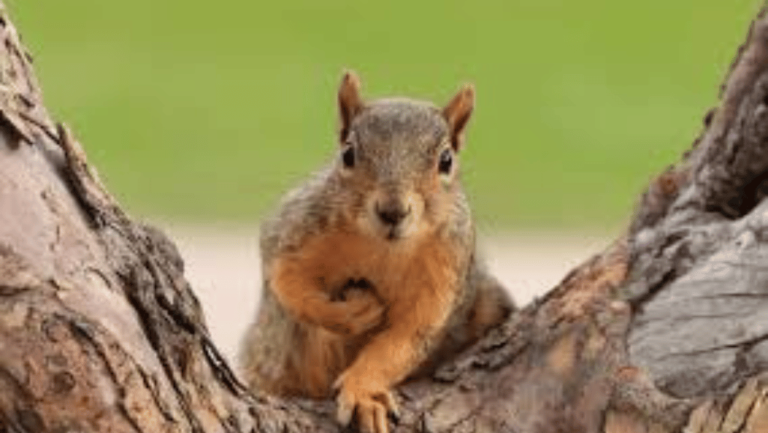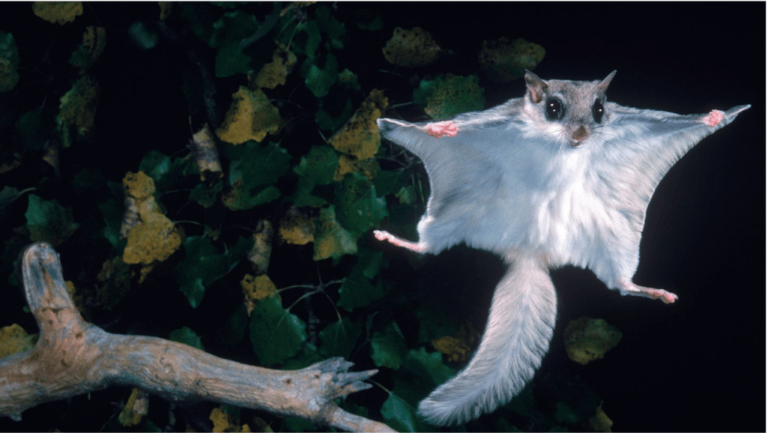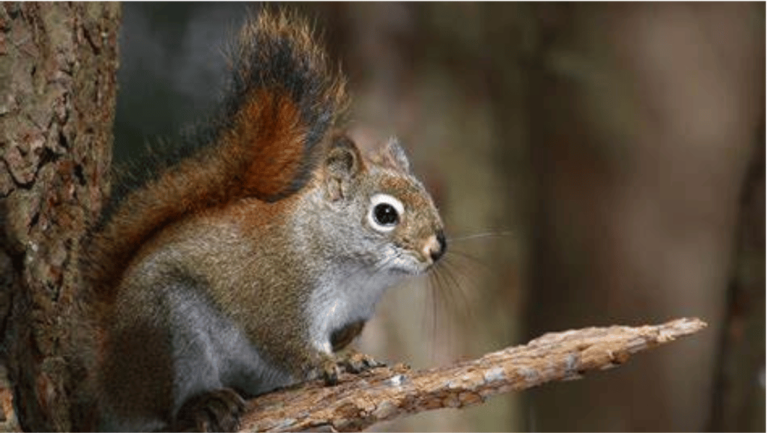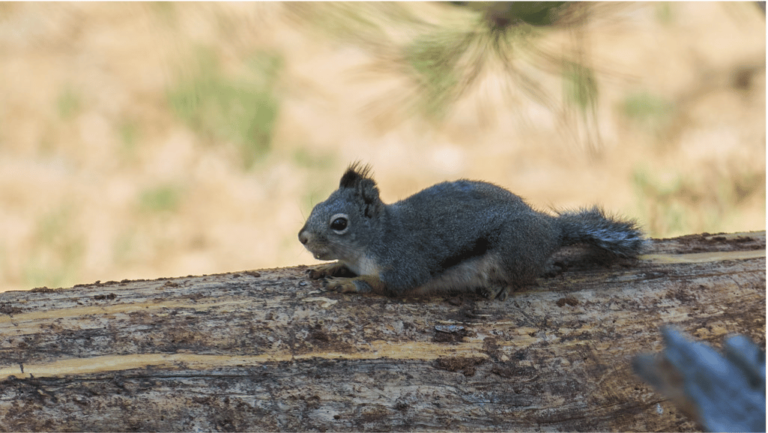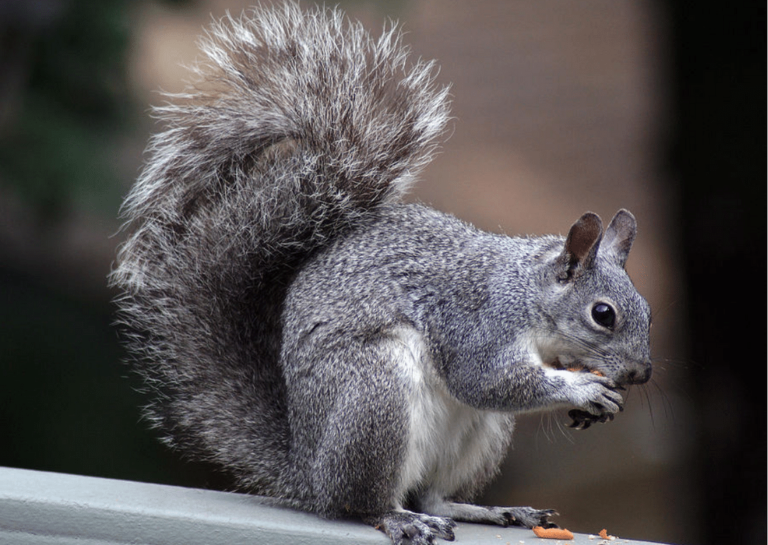The Barbary Ground Squirrel, also known as the Atlantoxerus Barbarus, is a rodent species endemic to Western Sahara, Algeria, and Morocco. It is often referred to as the Moroccan Ground Squirrel or the North African Squirrel. This squirrel is a unique and fascinating creature that has adapted to its distinct habitat in the rocky areas of these North African countries. It is considered an endemic species and is part of the diverse wildlife found in Morocco.
Key Takeaways:
- The Barbary Ground Squirrel is a rodent species endemic to Western Sahara, Algeria, and Morocco.
- It is also known as the Moroccan Ground Squirrel or the North African Squirrel.
- The squirrel has adapted to its rocky habitat in these North African countries.
- It is considered an endemic species and is part of the diverse wildlife found in Morocco.
- Understanding the habitat and behaviors of the Barbary Ground Squirrel is crucial for its conservation.
Geographic Range of the Barbary Ground Squirrel.
The Barbary Ground Squirrel, scientifically known as Atlantoxerus getulus, has a wide distribution primarily in Morocco and parts of Algeria. This unique species is also introduced to the Canary Islands, where it thrives in certain environments. The Barbary Ground Squirrel is commonly referred to as the Moroccan Ground Squirrel due to its significant presence in Morocco.
In Morocco, the squirrels inhabit various habitats, including subtropical and tropical dry shrublands, temperate grasslands, and rocky areas. These adaptable creatures are well-suited to the diverse ecosystems found in the region. They are particularly known for their ability to construct burrows in close proximity to water sources, ensuring their survival even in arid conditions.
Distribution of the Barbary Ground Squirrel
| Country | Distribution |
|---|---|
| Morocco | Primarily found throughout the country |
| Algeria | Found in certain regions |
| Canary Islands | Introduced species |
The Barbary Ground Squirrel’s distribution in Morocco and Algeria enables it to thrive in a wide range of habitats, displaying its adaptability and ecological success. With its distinct presence in the North African region, this species contributes to the overall biodiversity and adds to the rich wildlife of Morocco.
Physical Description of the Barbary Ground Squirrel.
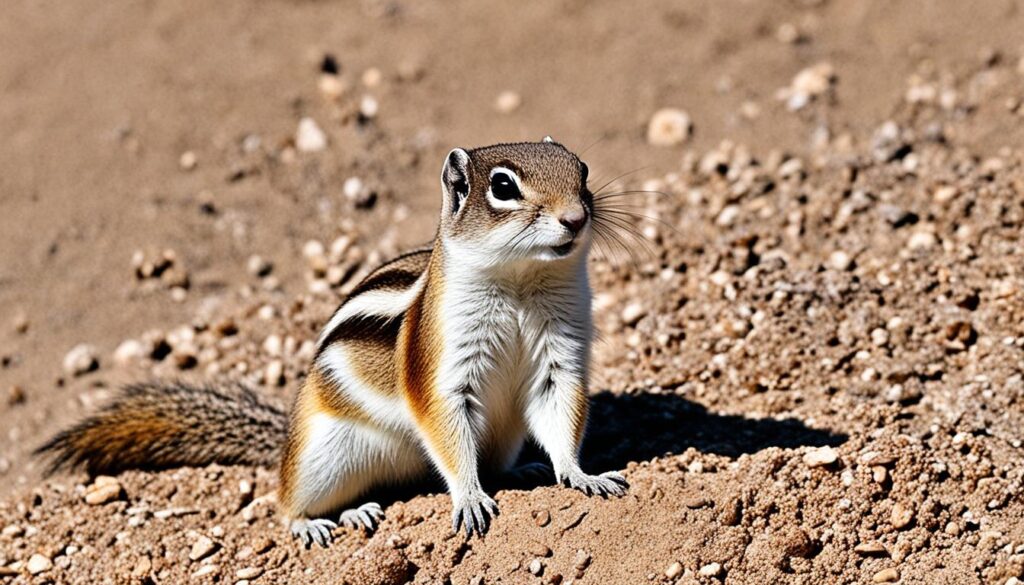
The Barbary Ground Squirrel, scientifically known as Atlantoxerus getulus, exhibits a unique set of physical characteristics that set it apart from other species. Measuring between 160 to 220 mm in length, this small rodent has a bushy tail that is almost equal to its body length. With an average weight of 340 g, the Barbary Ground Squirrel possesses a compact and agile physique.
One of the distinguishing features of the Barbary Ground Squirrel is its coloration. It typically displays a grey-brown or red-brown back, adorned with white stripes along its sides. The squirrel’s underbelly is paler grey in color, creating a striking contrast. The tail of the Barbary Ground Squirrel is notable for its barbed appearance, consisting of black and grey stripes that add to its overall aesthetic appeal.
When it comes to its physiology, the Barbary Ground Squirrel is endothermic and exhibits bilateral symmetry. These traits contribute to its ability to regulate body temperature effectively and engage in coordinated movements.
Physical Characteristics of the Barbary Ground Squirrel:
| Characteristic | Description |
|---|---|
| Length | 160 to 220 mm |
| Tail Length | Almost equal to body length |
| Weight | Not exceeding 340 g |
| Coloration | Grey-brown or red-brown back with white stripes. Paler grey underbelly. Barred tail with black and grey stripes. |
| Physiological Traits | Endothermic with bilateral symmetry |
Understanding the physical characteristics of the Barbary Ground Squirrel is crucial for researchers and wildlife enthusiasts alike. These details aid in the identification and study of this remarkable species, enabling a deeper appreciation for its unique adaptations and role in its ecosystem.
Reproduction and Behavior of the Barbary Ground Squirrel.
The Barbary Ground Squirrel, scientifically known as Atlantoxerus getulus, follows a specific reproductive cycle. Breeding season usually occurs from April to July, although it may vary depending on their elevation. During this time, males compete for female mates, displaying various mating behaviors to attract potential partners.
Females of the Barbary Ground Squirrel species often breed twice per season, giving birth to two batches of young. These young squirrels, known as precocial, are relatively independent from birth and spend about a month with their mother before venturing out on their own. Their life cycle is filled with intriguing behaviors and interactions within their social groups.
| Mating Behaviors | Parental Care |
|---|---|
| Male competition for female mates | Mothers raise two batches of young |
| Mating rituals not well-defined | Youth spend about a month with mother |
The exact mating rituals and mate fidelity between breeding events are still not well-defined for the Barbary Ground Squirrel. Further research is necessary to understand the intricate details of their mating behaviors and dynamics within their social groups.
Further Research and Analysis
- Study the mating rituals and mate fidelity among Barbary Ground Squirrels for a comprehensive understanding of their reproductive behaviors.
- Investigate the specific parental care provided by female squirrels during the rearing of their young.
- Explore the effects of environmental factors on the reproductive patterns of this fascinating species.
By delving deeper into the reproduction and behavior of the Barbary Ground Squirrel, we can gain valuable insights into the life cycle and social dynamics of this unique rodent species. Continued research and analysis will allow us to appreciate their significance and contribute to their conservation efforts.
Habitat and Home Range of the Barbary Ground Squirrel.
The Barbary Ground Squirrel (Atlantoxerus getulus) is a fascinating species that thrives in rocky environments, specifically in dry grasslands and rugged terrains. It is commonly found in the Mediterranean and desert regions of northern Africa, including Western Sahara, Algeria, and Morocco.
These squirrels have adapted to their habitat by constructing burrows within the sides of mountains and rock heaps. These burrows serve as their homes and provide protection from predators. The squirrels exhibit a strong attachment to their burrows, rarely venturing far unless food becomes scarce.
Habitat Preferences
The Barbary Ground Squirrel prefers rocky environments such as mountains and rocky outcrops. It also inhabits dry grasslands and areas with sparse vegetation. These habitats provide the squirrels with ample opportunities for foraging and hiding from potential threats. The ability of the Barbary Ground Squirrel to adapt to different types of terrain and climate conditions showcases its resilience and versatility as a species.
Home Range
The home range of the Barbary Ground Squirrel varies depending on the availability of food and other resources. The size of their home range can extend up to several hectares, although it is typically smaller when resources are abundant. These squirrels are known to defend their home ranges from intruders and other members of their species.
| Characteristic | Details |
|---|---|
| Territory Size | Varies, ranging from a few hectares to larger areas |
| Defense | Barbary Ground Squirrels defend their home range from intruders |
Understanding the habitat preferences and home range of the Barbary Ground Squirrel is crucial for conservation efforts. By preserving their natural environment and ensuring the availability of suitable habitats, we can contribute to the long-term survival and well-being of this remarkable species.
Communication and Perception of the Barbary Ground Squirrel.
The Barbary Ground Squirrels, also known as Atlantoxerus getulus, primarily communicate with each other through sound. Living in family groups within their burrows, these squirrels rely on their keen senses of sight and smell to locate food sources. Spending a significant amount of time underground has sharpened their visual acuity and hearing abilities, enhancing their chances of survival in their rocky habitats.
The Barbary Ground Squirrels have developed a complex system of vocalizations to communicate with their group members. They use various calls and chirps to express different messages, warning each other of potential dangers or signaling the availability of food. Communication plays a crucial role in their social interactions and helps maintain group cohesion within their colonies.
However, their reliance on sound is not the only means of perceiving the world around them. The Barbary Ground Squirrels also make use of their well-developed senses of sight and smell. Their strong sense of smell helps them detect and locate potential food sources, even from within their burrows. Meanwhile, their sight has adapted to the dim lighting conditions underground, allowing them to navigate their dark habitat with greater ease.
Enhanced Sensory Perception
The Barbary Ground Squirrels’ enhanced sensory perception is a result of their unique lifestyle. Their survival depends on effectively perceiving and interpreting their surroundings. These adaptations enable them to find food, recognize threats, and communicate effectively with their fellow squirrels.
Their acute sense of hearing allows them to detect even the faintest sounds, such as the approach of predators or the alarm calls of their companions. This heightened sense of hearing helps them respond swiftly to potential dangers and protect themselves and their group members when necessary.
Furthermore, the Barbary Ground Squirrels’ keen eyesight allows them to observe and recognize movement and changes in their environment. This visual acuity is especially crucial when foraging for food outside their burrows or when assessing the proximity of other individuals within their territory.
Intricate Social Dynamics
The advanced communication and sensory perception abilities of the Barbary Ground Squirrels contribute to the intricate dynamics within their social groups. These squirrels establish and maintain hierarchies and allocate resources within their colonies. Understanding the nuances of their communication and perceptive capabilities provides valuable insights into their behavior and social structure.
By relying on sound, sight, and smell, the Barbary Ground Squirrels have developed a remarkable set of sensory tools to navigate their complex environment. Their ability to communicate with each other and interpret their surroundings is essential for their survival and successful interaction with their fellow squirrels and the natural world they inhabit.
Predation and Ecological Role of the Barbary Ground Squirrel.
The Barbary Ground Squirrel, also known as Atlantoxerus getulus, plays a crucial role in its ecosystem as both predator and prey. While the squirrels fall victim to predators such as wild and domestic cats, they also contribute significantly to seed dispersal, making them essential for ecological balance.
When introduced into new ecosystems, Barbary Ground Squirrels serve as additional seed distributors. This means that they help spread seeds and promote the growth of vegetation in these environments. Understanding their ecological impact is particularly important in regions like the Canary Islands, where they have become invasive pests. Studying the complex dynamics of their interactions with other species provides valuable insights into the broader ecological web.
Predators
Barbary Ground Squirrels face predation from both natural and human-induced factors. Wild predators like cats pose a significant threat to their population, preying on them as a source of food. Domestic cats, when introduced to their habitat, also contribute to the predation pressure.
Ecological Impact
In ecosystems where Barbary Ground Squirrels have been introduced, they play a critical role in seed dispersal. By gathering and storing seeds in different locations, they contribute to the dispersal of plant species and the regeneration of vegetation. This positive impact on the ecosystem helps maintain biodiversity and supports the overall health of the environment.
However, when Barbary Ground Squirrels become invasive pests, their ecological impact can become detrimental. In regions like the Canary Islands, where they have no natural predators, their population growth can disrupt native ecosystems and endanger local biodiversity. Managing their presence in these areas is crucial to preserving the delicate ecological balance.
Conclusion
The Barbary Ground Squirrel, also known as the Moroccan Ground Squirrel or the Atlantoxerus getulus, is a fascinating rodent species endemic to Western Sahara, Algeria, and Morocco. Its ability to adapt to diverse habitats and its unique physical characteristics make it a remarkable member of the wildlife of Morocco.
Despite its invasive status in some regions, the Barbary Ground Squirrel fulfills an important ecological role as a seed disperser. Its contribution to the ecosystem highlights the need for further research and conservation efforts to fully understand and preserve this North African Squirrel and its impact on the local environment.
As we delve deeper into the world of rodent species, the Barbary Ground Squirrel stands out as a prime example of a remarkable and resilient wildlife species. By studying and protecting these creatures, we can gain invaluable insights into the complex dynamics of their habitats and their connections to the broader ecosystem.
Frequently Asked Questions
What is a Barbary Ground Squirrel?
The Barbary Ground Squirrel, also known as the Moroccan Ground Squirrel or the North African Squirrel, is a rodent species endemic to Western Sahara, Algeria, and Morocco.
Where is the Barbary Ground Squirrel found?
The Barbary Ground Squirrel is primarily found in Morocco and parts of Algeria. It has also been introduced to the Canary Islands.
What does the Barbary Ground Squirrel look like?
The Barbary Ground Squirrel has a gray-brown or red-brown back with white stripes along its sides and a paler gray underbelly. It has a bushy tail and measures between 160 to 220 mm in length.
What is the breeding season for Barbary Ground Squirrels?
Barbary Ground Squirrels breed from April to July, depending on their elevation. Females often breed twice per season, raising two batches of young.
Where do Barbary Ground Squirrels live?
Barbary Ground Squirrels live in subtropical and tropical dry shrublands, temperate grasslands, and rocky areas. They construct burrows in close proximity to water sources.
How do Barbary Ground Squirrels communicate?
Barbary Ground Squirrels communicate primarily through sound. They also use their sight and smell to locate food sources and interact with their environment.
What is the ecological role of Barbary Ground Squirrels?
Barbary Ground Squirrels act as both predator and prey within their ecosystem. They are preyed upon by wild and domestic cats and play a significant role in seed dispersal.
Why are Barbary Ground Squirrels important?
The Barbary Ground Squirrel is an endemic species and part of the diverse wildlife in Morocco. Understanding and conserving this species is crucial for preserving the natural environment and biodiversity.


